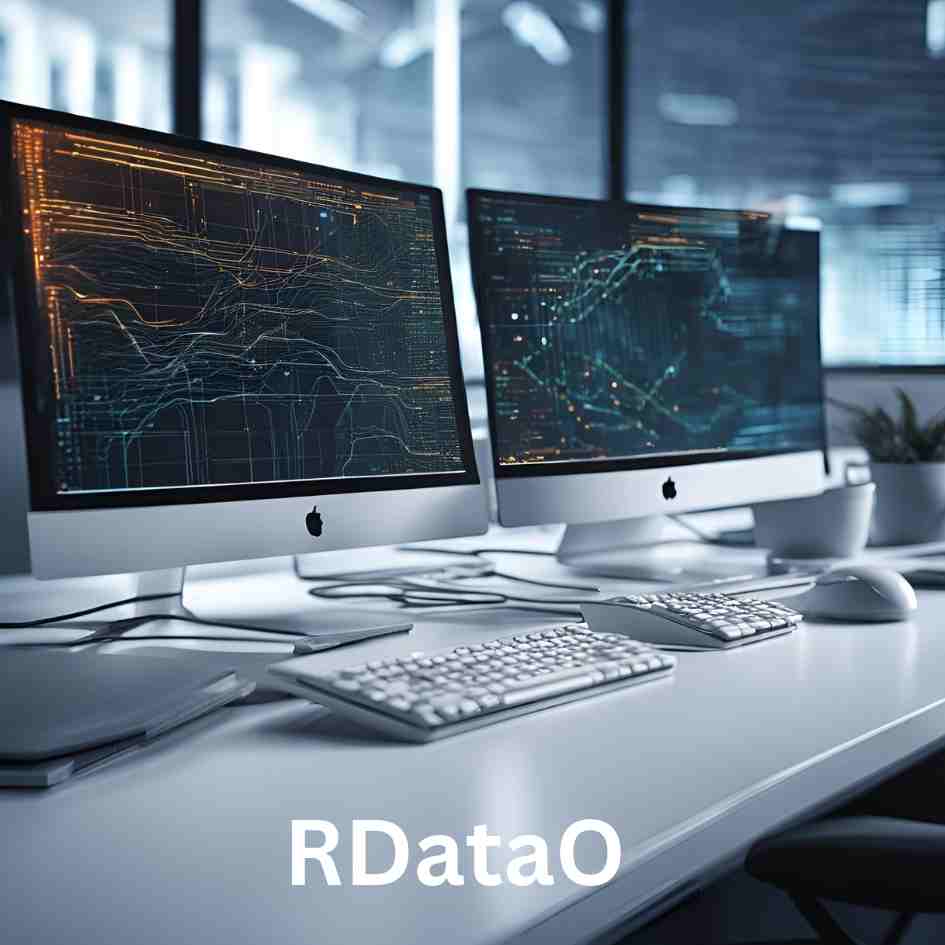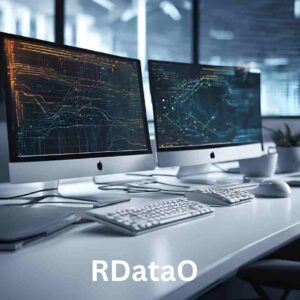The Ultimate Guide to RDataO: Techniques, Tips, and Best Practices
RDataO (Relational Data Objects) is a framework that simplifies working with databases by abstracting database interactions into object-oriented programming paradigms. It’s an evolution of Object-Relational Mapping (ORM) systems, focused on making database manipulation easier, more maintainable, and scalable for both relational and non-relational databases. If you’re new to RDataO or looking to optimize your usage, this guide will walk you through the core concepts, techniques, tips, and best practices for mastering it.
What is RDataO?
RDataO is a framework that bridges the gap between relational databases and object-oriented programming. It maps relational data to objects, enabling developers to interact with database entries using the programming language’s native objects instead of SQL queries. RDataO supports key operations such as creating, reading, updating, and deleting (CRUD) data while ensuring the data’s relational integrity.
Key Features of RDataO:
- Object-to-Relational Mapping: RDataO converts database tables into objects in the application’s code.
- SQL Abstraction: You don’t need to write SQL queries directly; instead, the framework generates optimized SQL based on your operations.
- Database Agnostic: RDataO can work with multiple database types (SQL, NoSQL, etc.) without altering your application’s code.
- Schema Management: It helps manage database schemas, migrations, and versioning seamlessly.
Techniques for Mastering RDataO
1. Understanding the Mapping Mechanism
The heart of RDataO lies in mapping tables and columns to classes and fields, respectively. Each table in the database is represented as a class in the application, while each column corresponds to a class attribute.
Example:
In a database, if you have a table users:

In RDataO, it will map to:

When using RDataO, CRUD operations can be executed like this:

. Leveraging Relationships
Databases often have relationships like one-to-many or many-to-many between tables. RDataO handles these relationships efficiently by allowing you to define them within your object models.
One-to-Many Relationship Example:

RDataO automatically handles joining the tables when fetching data:

3. Lazy vs. Eager Loading
- Lazy Loading: Loads related objects only when accessed. This improves performance by fetching only the necessary data.
- Eager Loading: Fetches all related objects in a single query, useful when you need the complete dataset.
Best Practice:
Use lazy loading when you expect to interact with only a subset of related data and eager loading when you need to load related objects in bulk.
4. Transactions and Consistency
Transactions ensure that a series of database operations either all succeed or fail as a unit, ensuring data consistency.

Best Practice:
Always wrap critical database operations in transactions to maintain the consistency and integrity of your data.
5. Advanced Query Techniques
RDataO provides a wide array of query capabilities:
- Filters: Use the filter method for simple queries.
- Joins: Perform complex queries that span multiple tables using the
joinfunction. - Aggregations: Use built-in functions for calculating averages, sums, and other aggregations.
Example of Querying with Filters:

Example of Aggregation:

Tips for Using RDataO Effectively
1. Efficient Querying
- Avoid using
session.query().all()if your dataset is large. Instead, paginate your results usinglimit()andoffset()to reduce memory usage. - Cache frequently queried results when possible to avoid hitting the database unnecessarily.
2. Use Schema Migrations
Use migration tools like Alembic (in Python) to handle changes in your database schema, such as adding or removing columns. RDataO works seamlessly with such tools, allowing you to evolve your database structure without downtime.
3. Handle Exceptions Gracefully
When dealing with databases, you will encounter integrity constraints (e.g., duplicate keys, foreign key violations). Always handle these exceptions to ensure smooth error recovery.
4. Optimize for Performance
- Indexes: Ensure that you have appropriate indexes on frequently queried columns to speed up query performance.
- Batch Inserts: When inserting large volumes of data, use batch inserts instead of inserting row-by-row.
- Profiling Queries: Use query profiling tools to inspect how your queries perform, and optimize them by reducing unnecessary joins or limiting result sets.
Best Practices for RDataO Development
1. Separation of Concerns
Keep your database interaction logic separate from your business logic. Use service layers to handle complex business rules, and delegate CRUD operations to the RDataO models.
2. Use Type Annotations
Use type annotations in languages like Python or TypeScript to ensure that your models are well-defined, making it easier to maintain and debug code.
3. Follow the DRY Principle
Avoid repeating the same query logic across multiple parts of your application. Encapsulate common query logic in reusable functions or methods.
4. Testing with Mock Databases
When unit testing your application, avoid interacting with the actual database. Instead, mock your database operations to speed up test execution and prevent side effects.
Conclusion
RDataO simplifies working with databases by abstracting the complexity of SQL and offering a clean, object-oriented interface to interact with your data. By mastering key techniques like mapping, relationships, transactions, and efficient querying, you can build powerful, scalable applications that interact with databases seamlessly. Follow best practices for testing, performance, and separation of concerns to ensure your RDataO-based applications remain maintainable and performant over time.
Now that you’ve been through this guide, you should be equipped with the foundational knowledge to work with RDataO effectively and efficiently. Happy coding!














Post Comment